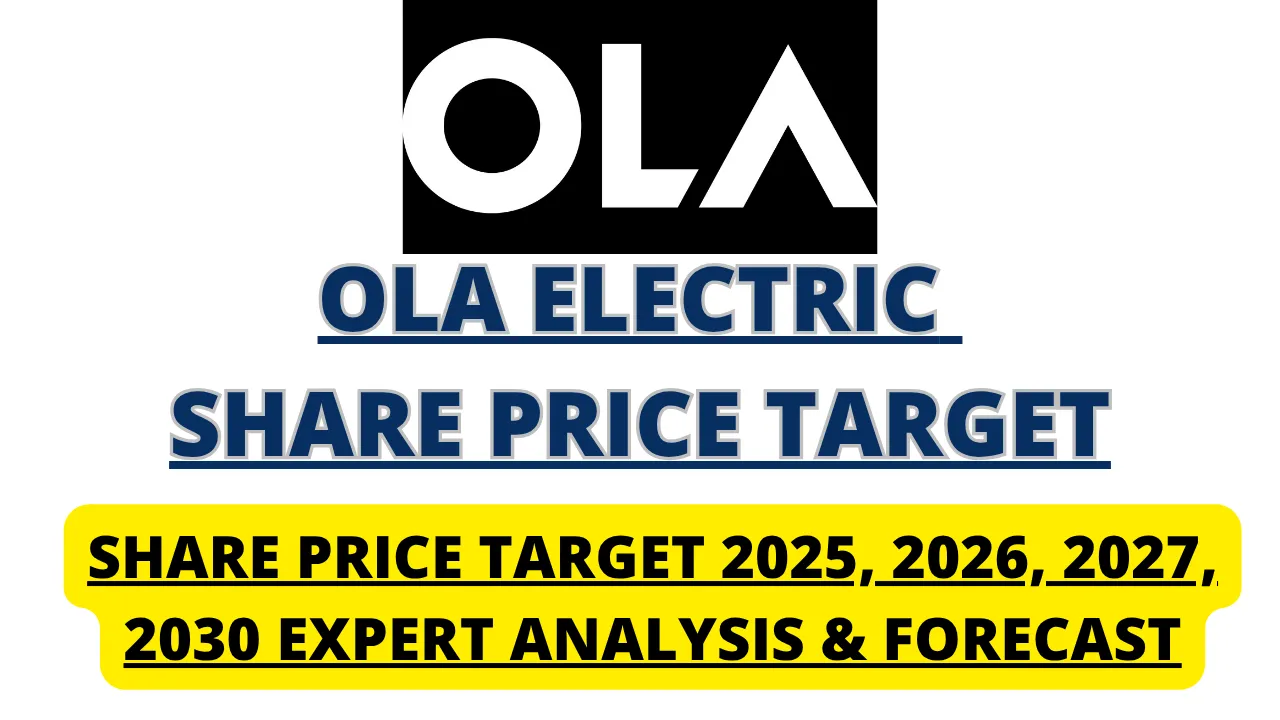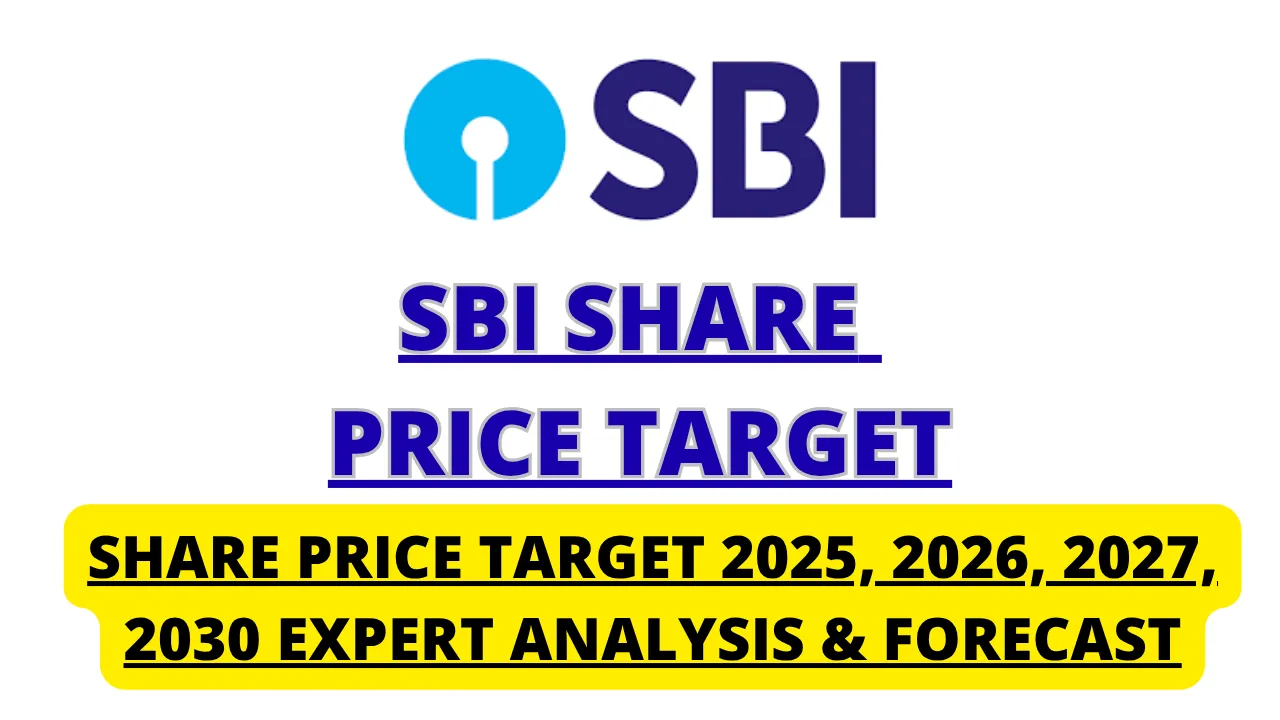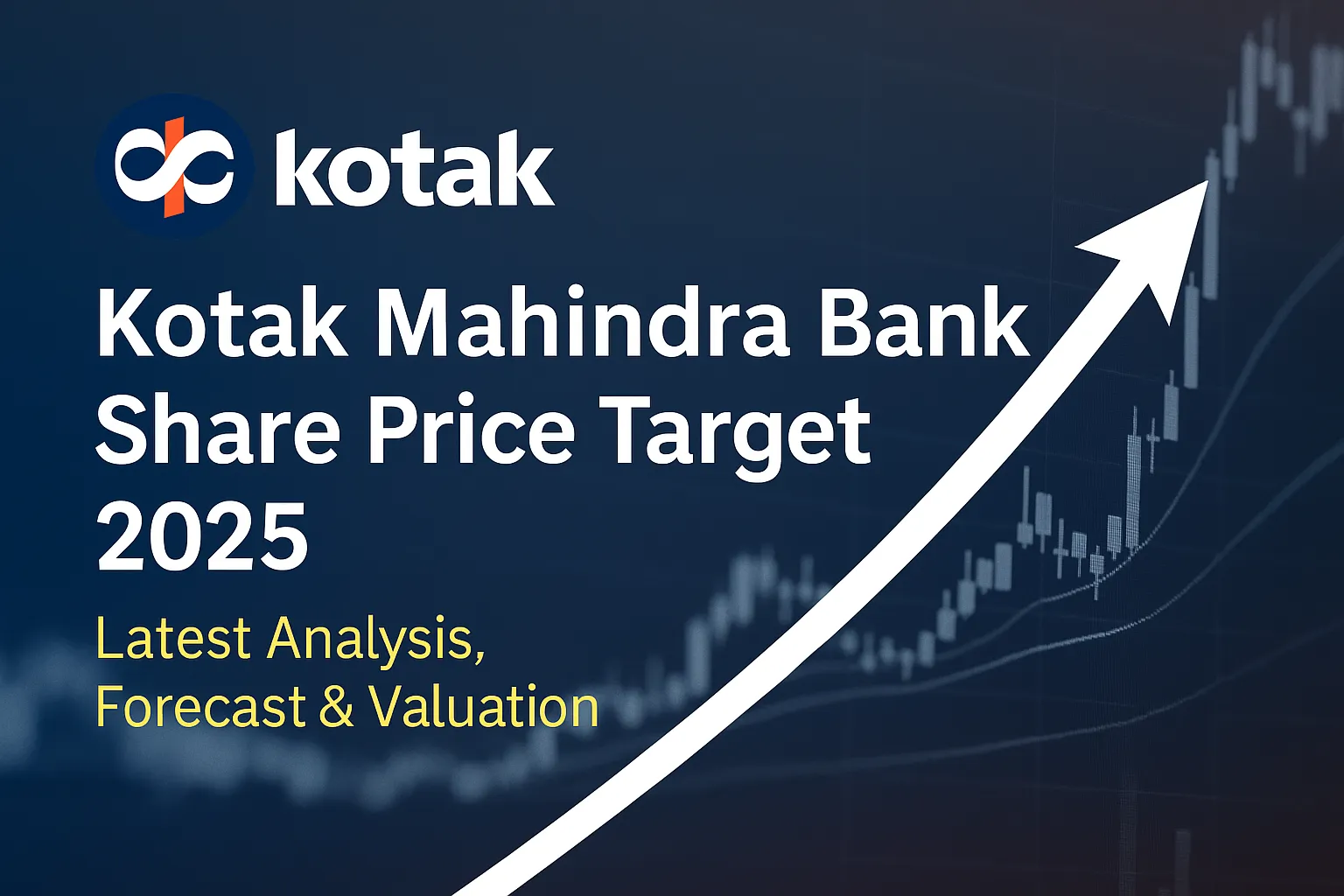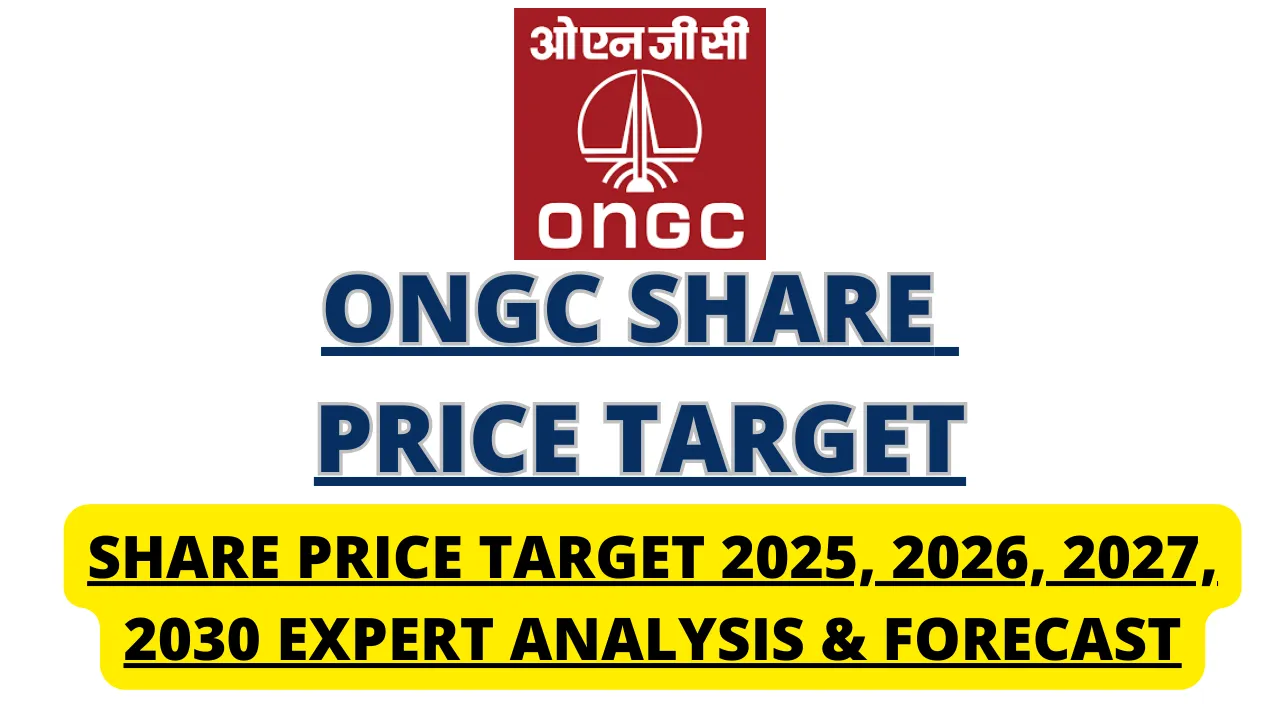Ola Electric Share Price Target 2025 to 2030; Ola Electric Ltd is one of India’s leading electric two-wheeler manufacturers, operating from its fully automated Ola Future Factory in Pochampalli, Tamil Nadu. The company launched its first electric scooter in August 2021 and began producing batteries from its in-house gigafactory, which is expected to begin full-scale commercial production by 2025. Listed in August 2024, the stock initially showed promise, touching ₹157.40, but has since declined sharply, trading around ₹43 as of mid-2025.
Ola Electric reported a steep drop in Q4 FY25 revenue, declining by nearly 60% to ₹649 crore, with a widened net loss of ₹870 crore. This decline was attributed to weakening deliveries, rising competition, and aggressive discounting. With return on equity around –44%, a negative price-to-earnings (P/E) ratio, and a price-to-book (P/B) value near 3.7×, the company faces short-term challenges while working on long-term recovery strategies. This article explores year-wise share price targets for Ola Electric Ltd from 2025 to 2030, grounded in financials, business outlook, and market dynamics.
Ola Electric Share Price Target 2025 to 2030
| Year | Lower Target (₹) | Upper Target (₹) |
|---|---|---|
| 2025 | 35 | 65 |
| 2026 | 50 | 120 |
| 2027 | 100 | 220 |
| 2028 | 150 | 400 |
| 2029 | 250 | 700 |
| 2030 | 500 | 1,150 |
Ola Electric Share Price Target 2025 Projection: ₹35–₹65
In the short term, the stock is expected to fluctuate between ₹35 and ₹65. Its current price near ₹43 reflects investor caution after disappointing quarterly results and operational setbacks. The upper range for 2025 assumes the company is able to slightly stabilize its production and reduce cost pressures. However, further deterioration in fundamentals may push the stock down to the lower end of the range.
Ola Electric Share Price Target Forecast: ₹50–₹120
Ola Electric has outlined a profitability roadmap aiming for break-even in FY26. With cost-cutting initiatives, inventory management, and efforts to improve gross margins, the company expects to improve its bottom line by mid-2026. If these plans are successfully executed, share price recovery toward ₹120 becomes a plausible scenario. However, any delay in battery gigafactory commercialization or continued operational losses may limit the upside.
Ola Electric Share Price Target Forecast: ₹100–₹220
By 2027, the company could be more stable operationally. If it achieves economies of scale from the battery plant, regains delivery volumes, and reduces cash burn, the share price could rise substantially. Optimistic projections place the stock at ₹220, factoring in the development of new product categories, such as electric motorcycles, and improved brand perception. Conservative estimates place it around ₹100 if the business turnaround is only moderately successful.
Ola Electric Share Price Target 2028 Projection: ₹150–₹400
Assuming consistent year-on-year growth, improved product quality, and reduced dependency on discounts, Ola Electric may reach a value range of ₹150 to ₹400 by 2028. This range depends on the company’s ability to expand market share and operate with healthy margins. Key to this will be the success of its battery operations and the adoption of its upcoming product lines.
Ola Electric Share Price Target 2029 Forecast: ₹250–₹700
By 2029, Ola Electric could benefit from a full-scale domestic and international presence in the EV space. If profitability is sustained, and revenue crosses ₹10,000 crore with improved EBITDA margins, then a valuation in the ₹250–₹700 range is justifiable. The upper end would require not just growth in volumes, but also higher margins from battery manufacturing and software-enabled services like connectivity and smart vehicle features.
Ola Electric Share Price Target 2030 Vision: ₹500–₹1,150
If Ola Electric becomes a dominant player in India’s electric vehicle market by 2030, with multiple profitable verticals, the stock could trade in the ₹500 to ₹1,150 range. Achieving this will depend on consistent earnings growth, strong customer retention, cost leadership in battery production, and robust after-sales service infrastructure. This projection assumes a stable macroeconomic environment and supportive government policies for EVs.
Key Growth Drivers
- Vertical Integration of Battery Manufacturing: In-house battery production is expected to reduce costs significantly, increase gross margins, and ensure better supply chain control.
- Profitability Focus: The company has announced plans to reach profitability by FY26 through cost rationalization, technology efficiency, and better inventory management.
- EV Adoption and Government Support: India’s EV market is growing rapidly, aided by government subsidies and stricter emission norms. Ola is well-positioned to benefit if it can manage operational risks.
- Diversification in Product Portfolio: Plans to introduce electric motorcycles and possibly commercial vehicles could expand Ola’s addressable market.
- Brand Strength and Customer Base: Ola already has brand recognition from its ride-hailing business. Leveraging that brand in the electric vehicle space can attract customers if trust is maintained.
Risks and Concerns
- Weak Financial Health: Losses continue to mount. Without positive cash flow, Ola may require more capital, leading to dilution risks for existing shareholders.
- Low Deliveries and Market Share Decline: Competition from legacy OEMs like TVS, Bajaj, and Hero MotoCorp is rising, putting pressure on Ola’s market share.
- Execution Risk: Ambitious targets for battery production and new product launches need flawless execution to avoid further financial setbacks.
- Regulatory Scrutiny: Past reports of quality issues and subsidy misuse have affected investor confidence and led to legal scrutiny, which could impact operations.
- High Valuation for a Loss-Making Entity: The current P/B of over 3.5× and negative earnings make the valuation difficult to justify unless the company turns profitable soon.
Investment Perspective
Short Term (2025–2026): Caution is advised due to ongoing losses and operational challenges. The share may remain range-bound or volatile.
Medium Term (2027–2028): If the turnaround plan is executed well, and gross margins improve, the share may outperform and gain investor confidence.
Long Term (2029–2030): Ola Electric may emerge as a key EV player, with potential to deliver multi-bagger returns if it delivers on its manufacturing, sales, and profitability goals.
Conclusion
Ola Electric stands at a critical juncture. Despite facing operational and financial headwinds, the company is aiming for a long-term transformation with vertical integration, new product development, and cost efficiency. While the share price remains volatile in the short term, the long-term potential exists for significant upside, contingent on execution. Investors should evaluate their risk appetite and keep an eye on performance metrics as Ola Electric attempts to reshape its future in India’s electric mobility sector.





































